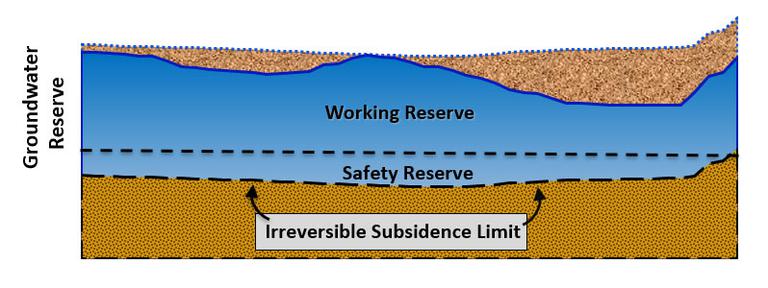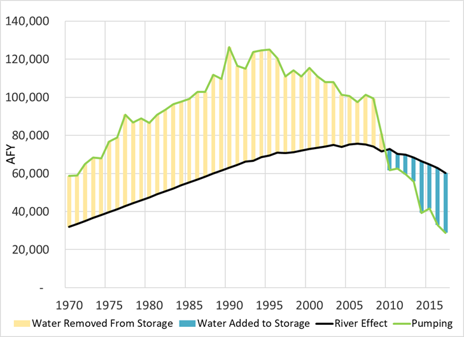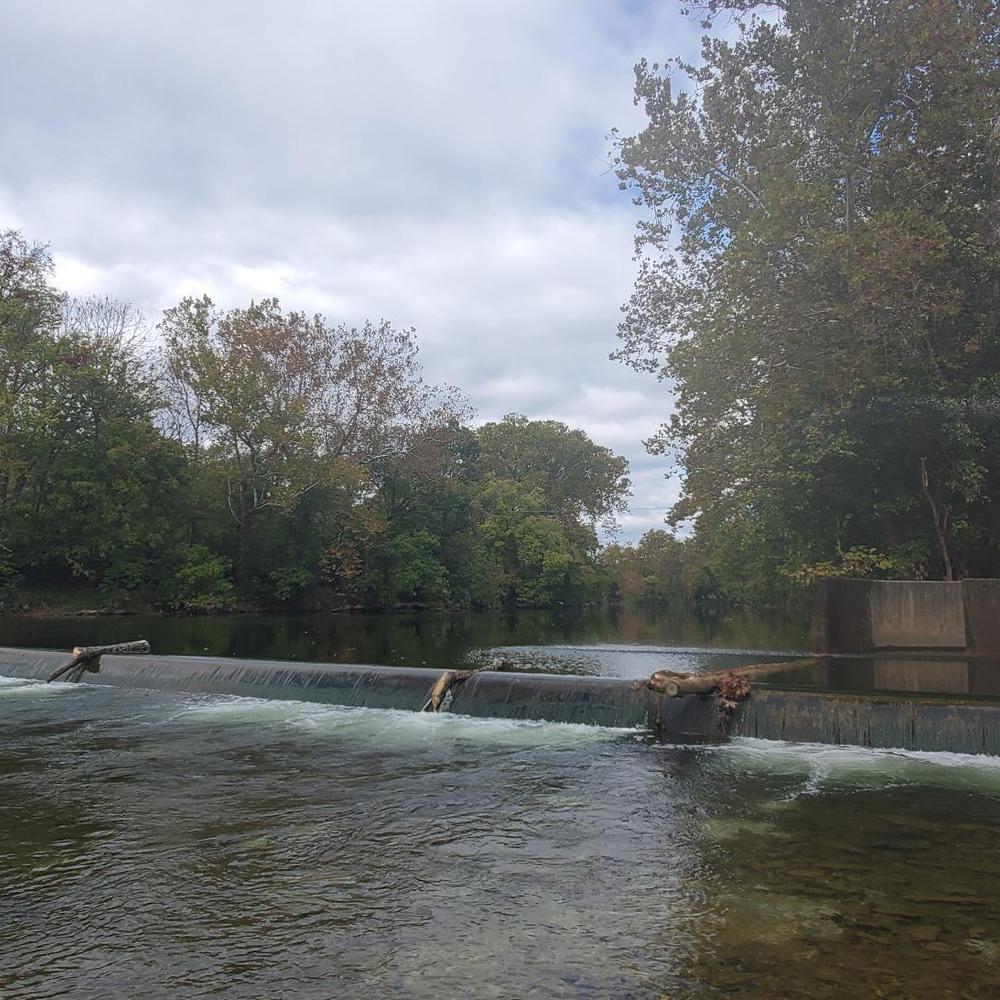Groundwater Management - The Cornerstone of Albuquerque’s 100-year Water Resources Plan
Last Modified Jul 05, 2022
Historically, Albuquerque relied entirely on groundwater, which was believed to be so abundant that it was referred to as an “underground Lake Superior.” In the early 1990s, in response to declining aquifer levels, Albuquerque began a research and monitoring program to assess the state of the aquifer. This included both marshaling internal resources and funding studies by independent, well respected agencies like the USGS. The findings suggested that groundwater was more limited than previously thought, and that land subsidence could become a concern.
In response to these results, the City implemented their first Water Resources Management Strategy (WRMS) in 1997. The keystone of the 1997 WRMS was recommendation of the “Drinking Water Project,” which utilizes renewable surface water imported as part of Reclamation’s San Juan-Chama Project from the San Juan River (a tributary to the Colorado River). In addition, the 1997 WRMS called for ASR, reuse, water conservation and other measures to reduce demand and diversify supply.
Related Topics:


As a result of the 1997 WRMS, demand decreased by about 20 percent in just 10 years, despite significant population increases. Since surface water diversions came on-line in 2008, groundwater pumping decreased to about 40,000 af – a drastic reduction from the maximum of about 125,000 afy in the 1990s. Because of Albuquerque’s ongoing investment in monitoring, the response of the aquifer to reduced pumping could be measured clearly: observed aquifer levels have risen across the entire aquifer, by as much as 30 feet.


Building on past successes, Albuquerque updated the WRMS in 2017 with an ambitious 100-year water plan called “Water 2120.” A key part of Water 2120 was the “Groundwater Reserve Management Plan” (GRMP), a balanced approach to groundwater use that utilizes the best available science and data on the aquifer. The GRMP defined a “safety reserve,” the portion of the aquifer above the irreversible land subsidence threshold that should be reserved for unanticipated circumstances. Above the safety reserve is the “working reserve,” the part of the aquifer that could be utilized in a balanced way. Use of the working reserve is based on a water balance approach that relies on the now-established relationship between aquifer levels and induced inflow from the Rio Grande (which needs to be replenished with treated return flows).


The GRMP suggests that ABCWUA could sustainably pump a long-term average of about 75,000 afy from the aquifer, in addition to the nearly 100,000 afy of surface water available from the Drinking Water Project. With Water 2120’s prudent use of the right resources at the right time, aquifer levels for the next 100 years are projected to remain at or above the recent low levels, preserving this resource for future generations.











